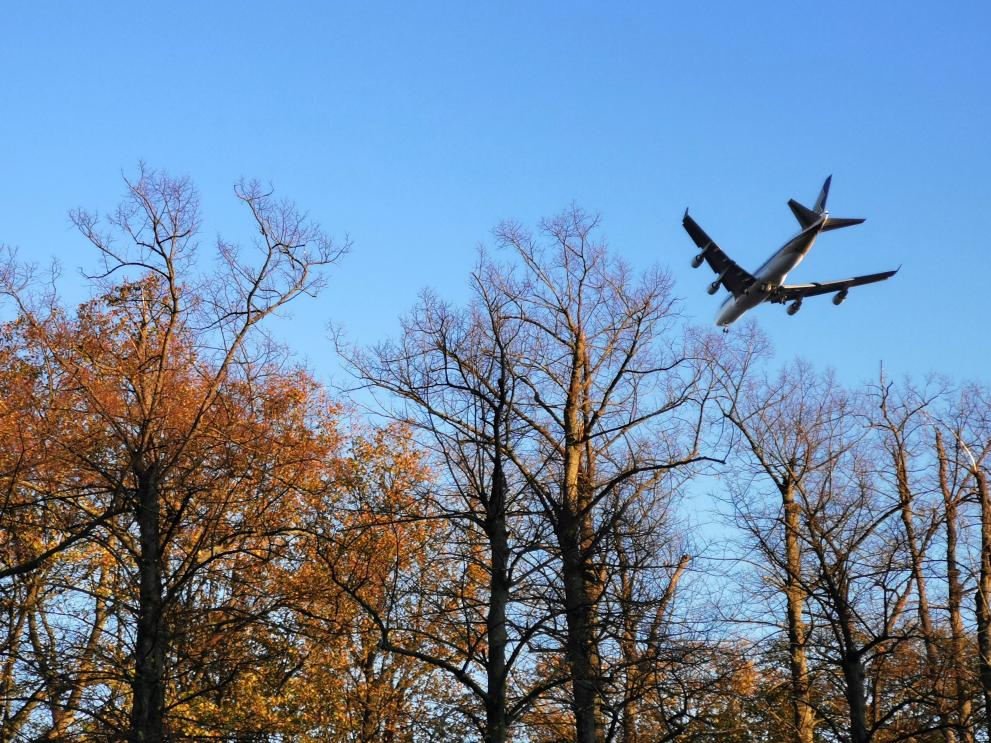
Today, the Commission published a report on the implementation of the Environmental Noise Directive, setting out how noise can be further reduced. The report shows progress achieved since the second implementation report in 2017, which includes a more systematic assessment of noise levels and the adoption of noise management action plans by Member States. However, it warns that the current number and intensity of actions must be increased if the number of people affected by transport noise by is to be reduced by 30% by 2030, as set out in the Zero Pollution Action Plan.
Noise represents the second biggest environmental health threat in Europe after air pollution, with over 100 million citizens, or 20% of the EU population exposed to excessive noise levels. The most disruptive noise comes from road, rail and air traffic.
Commissioner for Environment, Oceans and Fisheries, Virginijus Sinkevičius said:
Noise is not just a nuisance - it is a serious threat to our health. Noise increases our stress levels, disrupts our sleep, affects our learning abilities, and even contributes to strokes and heart diseases. The report published today shows that we need to act more decisively to tackle this often underestimated threat to public health. Acting on noise not only represents a duty to improve citizens’ health, but also a huge economic opportunity to stimulate innovations for noise abatement technologies by the EU industry, in particular in the mobility sector.
The 2030 target and commitments set out in the Zero Pollution Action Plan reinforced political momentum to intensify policies and legislative action to reduce noise pollution. Now, the priority is to address noise from transport by adding measures and practical interventions.
The report highlights approaches for the main transport sectors responsible for noise disturbance. It also stresses that different actors must be involved – the national level, relevant authorities, and innovative transport mode and transport infrastructure operators who to further engage in reducing noise in technologies and products from the outset. On its side, the Commission will seek to improve the overall implementation of the Environmental Noise Directive and assess the need to improve it, also considering noise impacts on biodiversity.
- Roads: the use of quiet tyres, low-noise road surfaces and reduced road speed limits needs to be considered. In particular, the report recommends that EU legislation on tyres should be strengthened. The Commission will therefore revise noise limits on tyres where needed, on the basis of the UNECE Regulation No 117 on tyres approval.
- Railways: the Commission will support Member States to use quieter and smoother rails together with quiet wagons as mandated by Regulation (EU) 1304/2014 on the technical specification for interoperability relating to the subsystem ‘rolling stock — noise’.
- Air traffic: the Commission will promote improved flight procedures to reduce noise from aircraft landing and take-off. Noise reduction measures will be integrated in the next revision of the Airport Charges Directive 2009/12/EC, including the modulation of airport charges to reduce noise from landing and take-off and increasing the use of quieter aircrafts. Today, Member States can voluntarily decide to modulate airport charges under the Directive for environmental purposes such as the reduction of noise.
Different levels:
- Innovative transport mode and transport infrastructure operators should be incentivised to further engage in ‘noiseless by design’ technologies and products.
- At national level, Member States should ensure that noise action plans systematically include:
- the introduction of quiet surfaces whenever a busy road is repaved, as set out in the Green Public Procurement guidelines;
- lower road speed limits, when this also improves safety;
- well-maintained railway tracks and installation of low-emission tracks near households;
- appropriate noise abatement objectives in line with the “Balanced Approach” Regulation (EU) 598/2014, together with effective measures to achieve them.
- Relevant authorities should make full use of the potential of the Green City Accord to achieve better compliance with pollution-prevention laws, including the Environmental Noise Directive.
Background
To address the complexity of noise issues, effective solutions need to come from coordinated EU and local actions. The Environmental Noise Directive acts as the framework legislative tool linking all actions at international, EU and local level. The Directive establishes a common EU approach to avoid, prevent or reduce the harmful effects of exposure to environmental noise. The Directive does not include EU noise limits, as those are decided at national level.
Under the European Green Deal, the EU has committed itself to achieving a zero pollution ambition for a toxic-free environment. The 2021 Zero Pollution Action Plan sets a specific target of reducing by 30% by 2030 (compared to 2017 exposure levels) the number of people chronically disturbed by transport noise. Building upon the ongoing efforts towards achieving climate-neutrality by 2050, the Zero Pollution Action Plan points to the need to better integrate the Member States’ noise action plans into the sustainable urban mobility plans while also expanding the clean public transport network and promoting more active mobility means.
The Directive requires the European Commission to submit a report every five years to the European Parliament and the Council. It must include a review of the acoustic environment as well as the available measures for reducing environmental noise, the achievements of other EU legislation regulating noise sources and an assessment of the need for further EU action.
More information
Report on the implementation of the Environmental Noise Directive (2023)
Webpage on Environmental Noise
‘Health impacts of exposure to noise from transport’ European Environment Agency (EEA)
Video - 'Environmental noise: noise makes its mark in the long-term’
Details
- Publication date
- 20 March 2023
- Author
- Directorate-General for Environment

